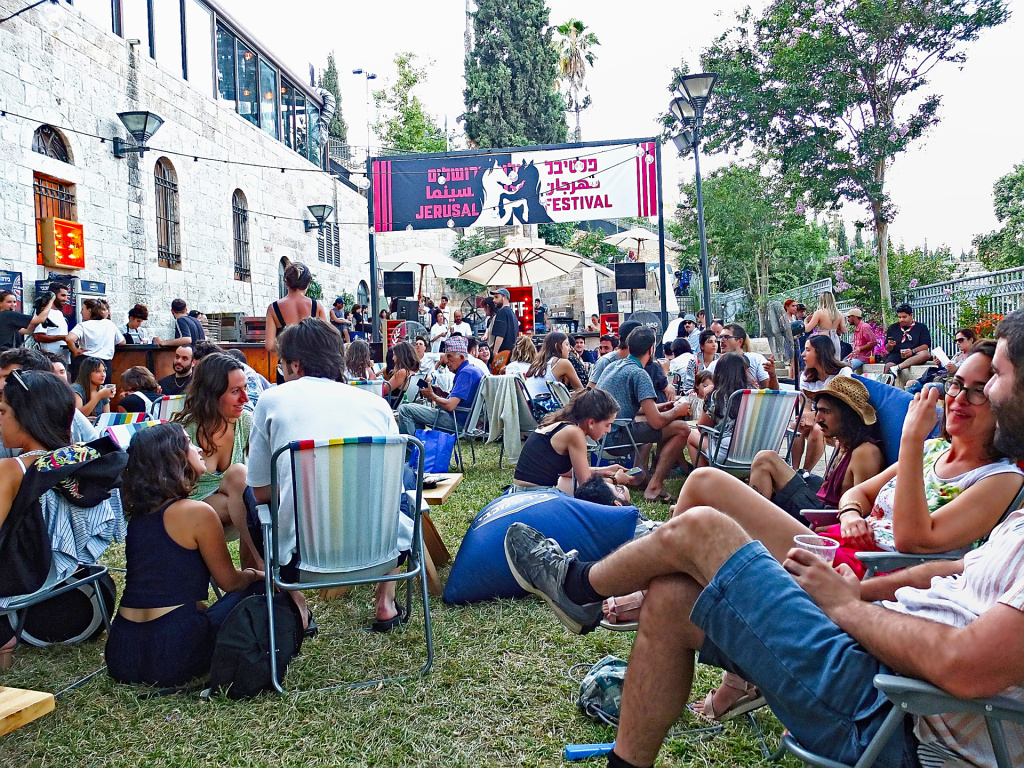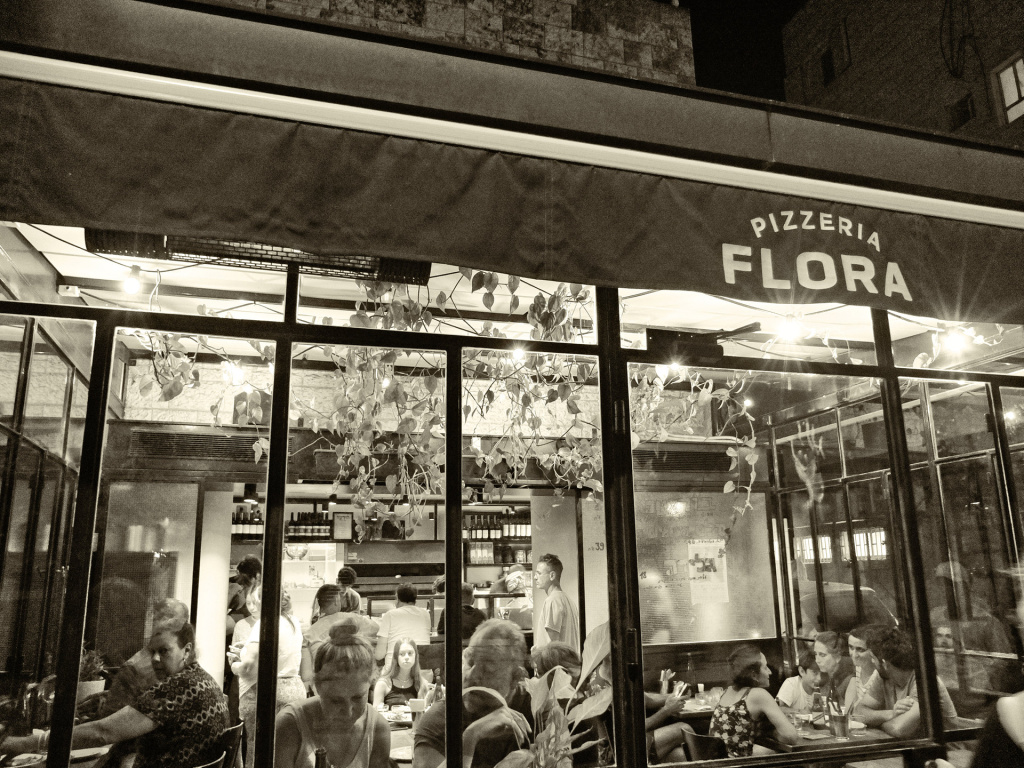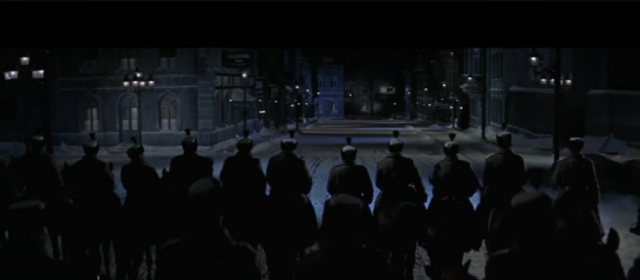Tonight in the village, two people, Neriya and Maisoon gathered some people from the community – those who were willing to venture out of their houses on a Saturday night – for a meeting of testimony from Gaza. We may have been about 20 people, including a couple of guests from outside the village.
Interestingly, one of the testimonies chosen was from a Gazan living abroad, who had lost relatives in Gaza, while another was from a Palestinian living in Israel. A third was a kind of “will” left by a Gazan mother to her son.
A common thread running through these “testimonies” was the question of preservation of memories. Gaza has mostly been flattened. Newspapers carry aerial photos of vast expanses of rubble, or of starving people living in tents (and someone pointed out that not every surviving family enjoys even the luxury of living in a tent).
What is missing from the pictures are the lifetimes of relative normalcy that people had lived up to the point that their homes – whether makeshift shanties or apartments in multi-storey blocks – had been destroyed and they had become destitute.
Like the rest of us, they had in their homes photos, memorabilia and artifacts that had recorded their lives and the memory of parents and grand parents. All of these were lost under the rubble.
There are people in our village who, since we were evacuated due to the danger of a forest fire in 2017, have kept a suitcase with their most valued possessions, naturally including photo albums, ready by the door, just in case a similar event would happen in the future and their house would burn down.
The likelihood of your home being arbitrarily bombed from the sky introduces a more existential reality. Its a situation where you feel lucky to escape with your life and the lives of some of your children.
One of the stories told about a woman who saw her son crushed like a fragile biscuit under a mass of concrete. She uttered a single cry, gathered her remaining two children with an iron grip and fled the building. No one else in the building stopped to cry or to mourn – they similarly ran.
Only outsiders have the luxury of crying or mourning. Someone among the listeners said that this felt almost like a guilty privilege. It was the friend of my daughter who lives in Berlin, an artist who decided a number of years ago that she could no longer live in this country. Here on a visit, she spoke of an experience on a train in Tel Aviv, when she happened to mention to a fellow passenger her sadness about the starving children in Gaza. Within minutes she found herself accosted and shouted at, surrounded by five men yelling at her, almost ejecting her from the train.
What the persons giving the testimonies were trying to communicate is that Gaza is more than destroyed buildings and wrecked lives. With sufficient money from the rich states in the Gulf, the entire strip could be rebuilt in a few months or years, and the survivors could be rehabilitated.
What has been lost is something more fragile and delicate, perhaps even more so than life itself. It is now preserved only in memories of sights, sounds, cooking smells, warm embraces of the departed. A whole world suddenly made insubstantial and dreamlike.
In a similar meeting we had a few months ago, one of our residents who had lost fifty of her family members in Gaza recalled happy summers spent playing with her cousins on sunny streets and on the beaches. All of that is now gone, and will never return.
Even if, due to whatever biases or prejudices have wormed their way into our brains, we feel little empathy or interest in Gazans themselves, we can look upon what has happened as a reminder of our own fragility. One of the Jewish Israeli women among the listeners said: “It isn’t just Gaza. I feel like the earth is burning under my feet.”
Human life is always tentative, and though it may sometimes seem solid, is ever fragile. This friend of my daughter, after all, lives in Berlin today, once the seat of the third Reich – a city that is today filling with Israeli emigrés. Her partner is working in a Jewish museum to preserve the memory of that earlier vanquished Jewish community of Germany.
So what are the chances of preserving our fragile memories? That was really the question I wanted to consider. Photo albums and diaries may be lost to the flames. Some Gazans hope, perhaps foolishly, that memories of Gaza will be preserved in the social media posts they are able to send out. But sometimes, the internet seems even more fragile than the old physical media we leave behind us.
The final piece of testimony was the “will” left by a Gazan mother to her son. At our evening, it was touchingly read first in Arabic by a young girl whose family had recently come to live here – she was the only child present.
In the will, the mother appeals to her son to remember her after her death, and to name his own daughter after her.
The Hebrew translation was read by a Jewish woman who visibly fought back the tears.
Names do indeed preserve memories. Many of those present at the meeting, after all, preserved in their names characters that all of us know from scriptures and legends of the past. Thanks to the care of Biblical scribes we attach singular importance to a few insignificant tribes of this land while the record of much greater contemporary civilizations have been completely forgotten or erased from the history books.
If we really want to preserve the memory of our life and times, the best way may be the least “factual” of all. It isn’t newspaper reports that will be remembered, nor even photographic evidence. It is art. We’d better make art. The Lascaux cave paintings, the Bible, the Mahabharata, the Iliad and the Odyssey, the Bayeux tapestry, the Epic of Gilgamesh, the songs of bards and minstrels that throughout history have preserved the larger than life figures that inspire children today. Only art can capture the images, the sounds, the smells and tactile memory of loved ones and, through its alchemy, transform these into the symbolic values required by our imagination and consciousness.







